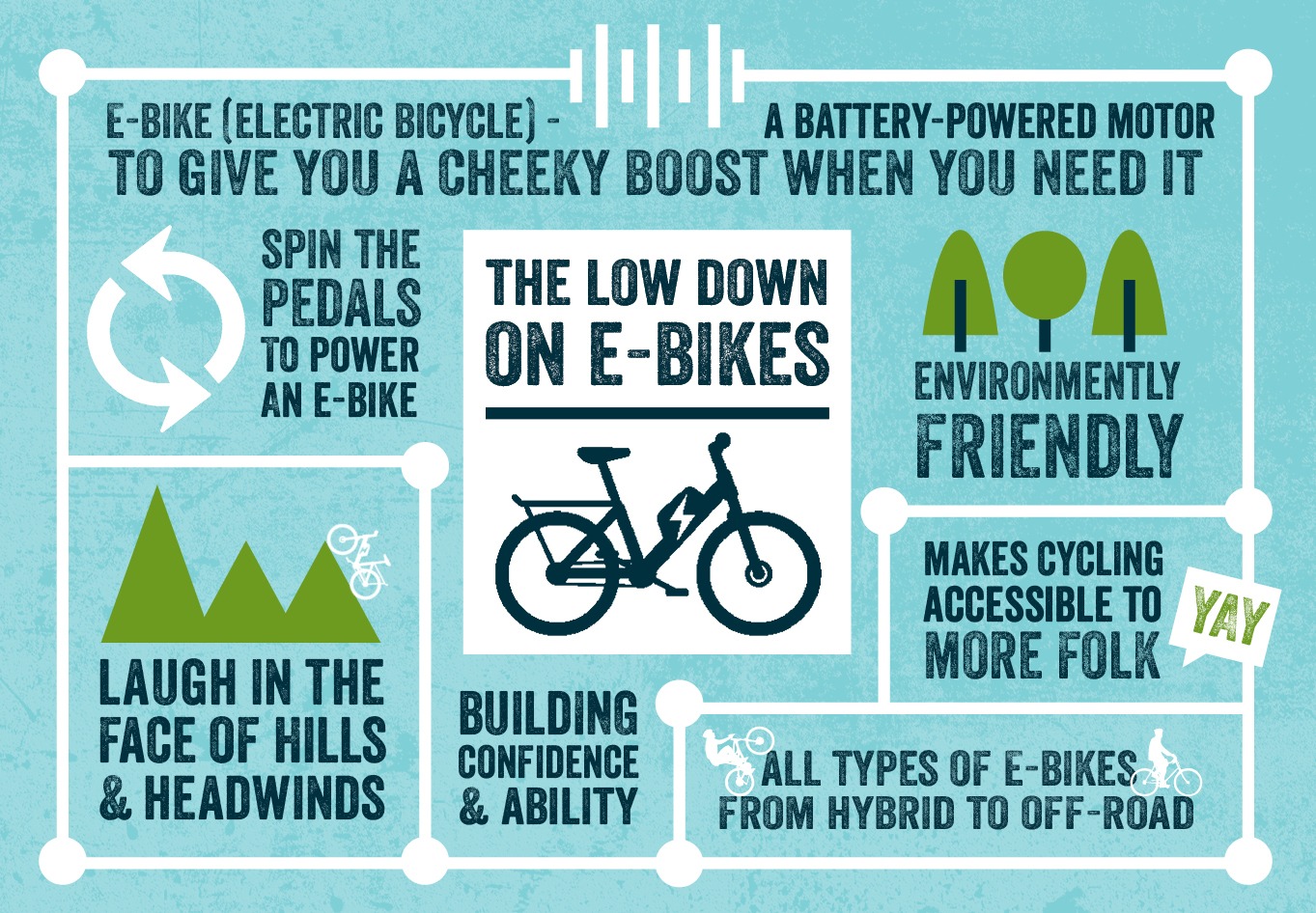Understanding E-Bike Rules And Regulations: A Beginner'S Manual For Your City
Understanding E-Bike Rules And Regulations: A Beginner'S Manual For Your City
Blog Article
Material Produce By-Perkins Chang
Prior to you get on your e-bike and struck the streets, it's important to recognize the laws and regulations that regulate your city. From rate limits to assigned riding areas, there's a whole lot to think about to guarantee you're certified and secure. By familiarizing on your own with the guidelines specific to e-bikes, you'll be better equipped to appreciate your experiences without any unforeseen legal issues. Keep tuned to discover visit web site that will certainly aid you navigate the e-bike landscape in your city seamlessly.
Comprehending E-Bike Category
When it comes to navigating the realm of e-bike regulations and guidelines, a critical beginning factor is understanding the category system that categorizes these electrical bicycles. E-bikes are usually identified into 3 primary classifications: Course 1, Class 2, and Class 3.
Class 1 e-bikes are pedal-assist only, meaning they give help while the motorcyclist is pedaling and have a maximum speed of 20 miles per hour. adult electric bike are admitted areas where traditional bicycles are permitted.
Course 2 e-bikes are furnished with a throttle that can thrust the bike without pedaling. They also have a maximum speed of 20 mph and are suitable for bikers who may need support without pedaling constantly.
https://electrek.co/2023/11/15/review-mokwheel-obsidian-fat-tire-e-bike-boasts-a-solar-power-station/ -bikes resemble Class 1 yet with a greater maximum speed of 28 mph. These bikes are typically restricted from specific bike paths or tracks as a result of their higher speeds.
Understanding these categories is crucial for adhering to neighborhood laws and making sure a risk-free and delightful e-biking experience.
Browsing Rate Limitations and Limitations
To efficiently browse e-bike laws and guidelines, it's vital to recognize the rate restrictions and limitations that put on various courses of electric bikes.
Speed limitations for e-bikes vary relying on the category of the bike. Class 1 e-bikes, which are pedal-assist only and have a maximum speed of 20 mph, are commonly permitted on bike lanes and courses.
Course 2 e-bikes, which have a throttle in addition to pedal-assist and additionally reach rates of up to 20 mph, may be restricted in particular areas where motorized vehicles aren't allowed.
Course 3 e-bikes, with pedal-assist up to 28 miles per hour, are typically called for to adhere to the exact same policies as conventional bikes.
It is very important to abide by these speed limitations and limitations to guarantee your safety and security and the safety of others when driving. Prior to riding your e-bike, acquaint on your own with the particular policies in your city to stay clear of any type of possible fines or legal concerns.
Where to Ride Your E-Bike
To determine where you can ride your e-bike, it's vital to know the policies and standards specific to your place. In the majority of locations, e-bikes are typically allowed on roads and streets where standard bicycles are permitted. This may include bike lanes, bike paths, and shared roadways. Nonetheless, it's critical to inspect regional legislations as some cities might have details limitations on where e-bikes can be ridden.
When riding your e-bike, constantly prioritize security by following website traffic regulations and valuing pedestrian walkways. Additionally, be mindful of any designated bike lanes or courses in your location and utilize them whenever possible to guarantee a smoother and much safer trip.
Some cities likewise have guidelines regarding e-bike use on walkways, so make certain to acquaint yourself with these policies to avoid any type of penalties or fines.
Final thought
Since you know with the laws and laws bordering e-bikes in your city, you can confidently hit the trail recognizing where you can ride and what constraints relate to your e-bike category. Bear in mind to constantly focus on safety and security and follow the guidelines to ensure a smooth and lawful adventure. Happy riding!
